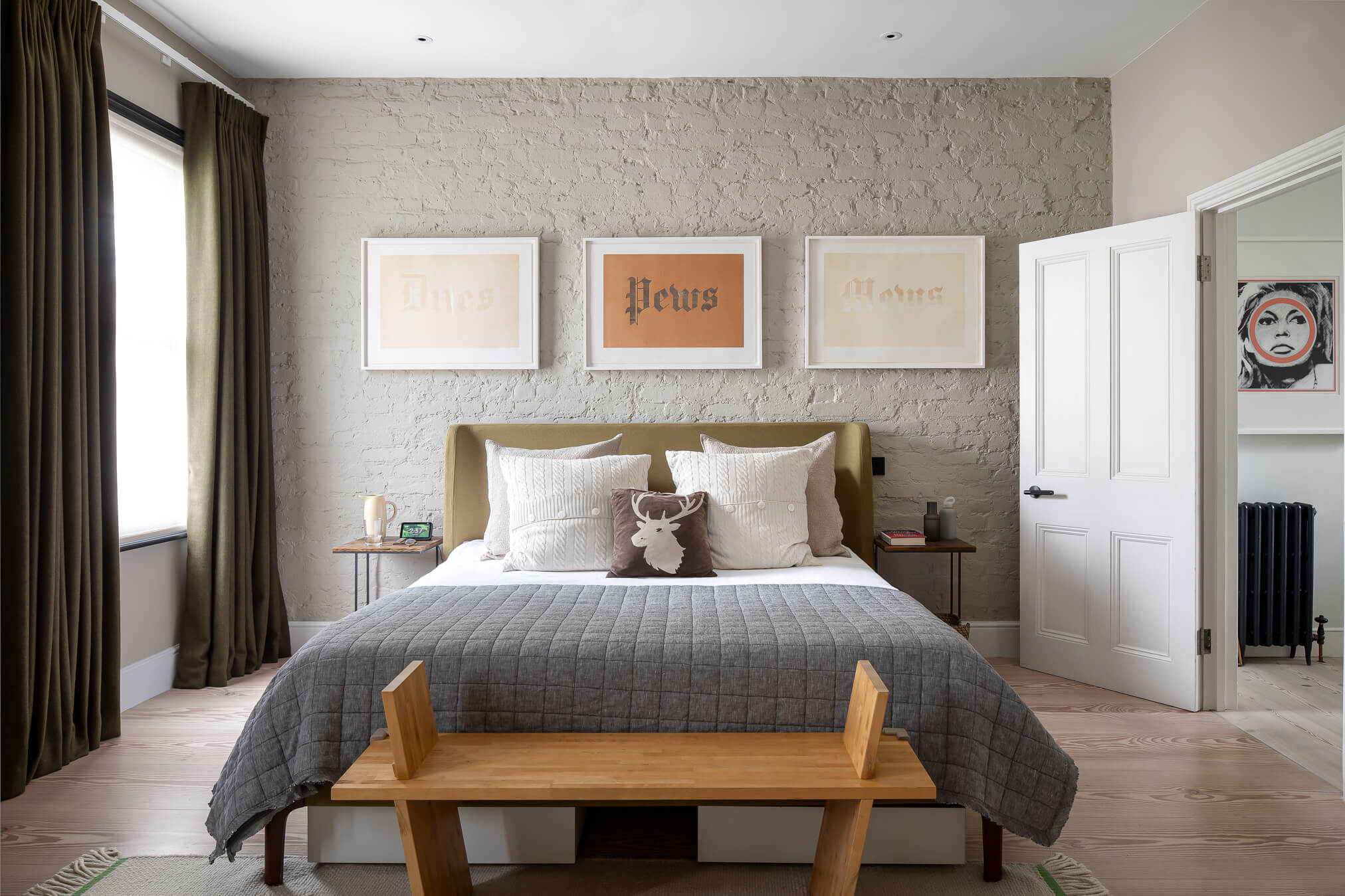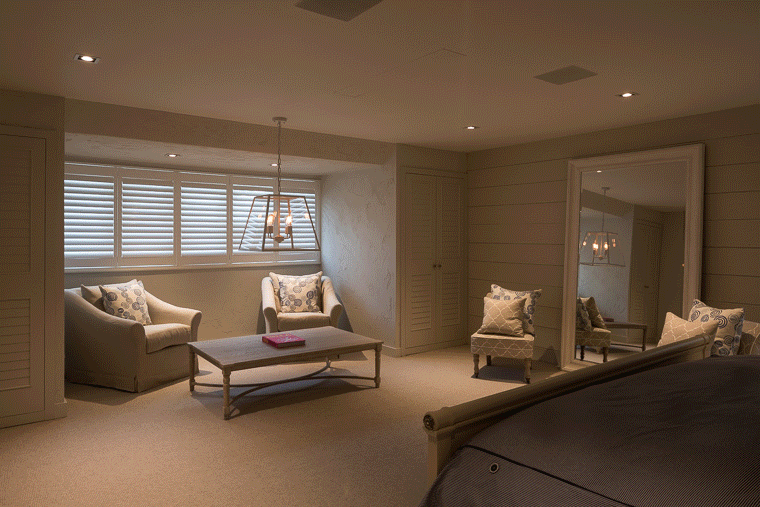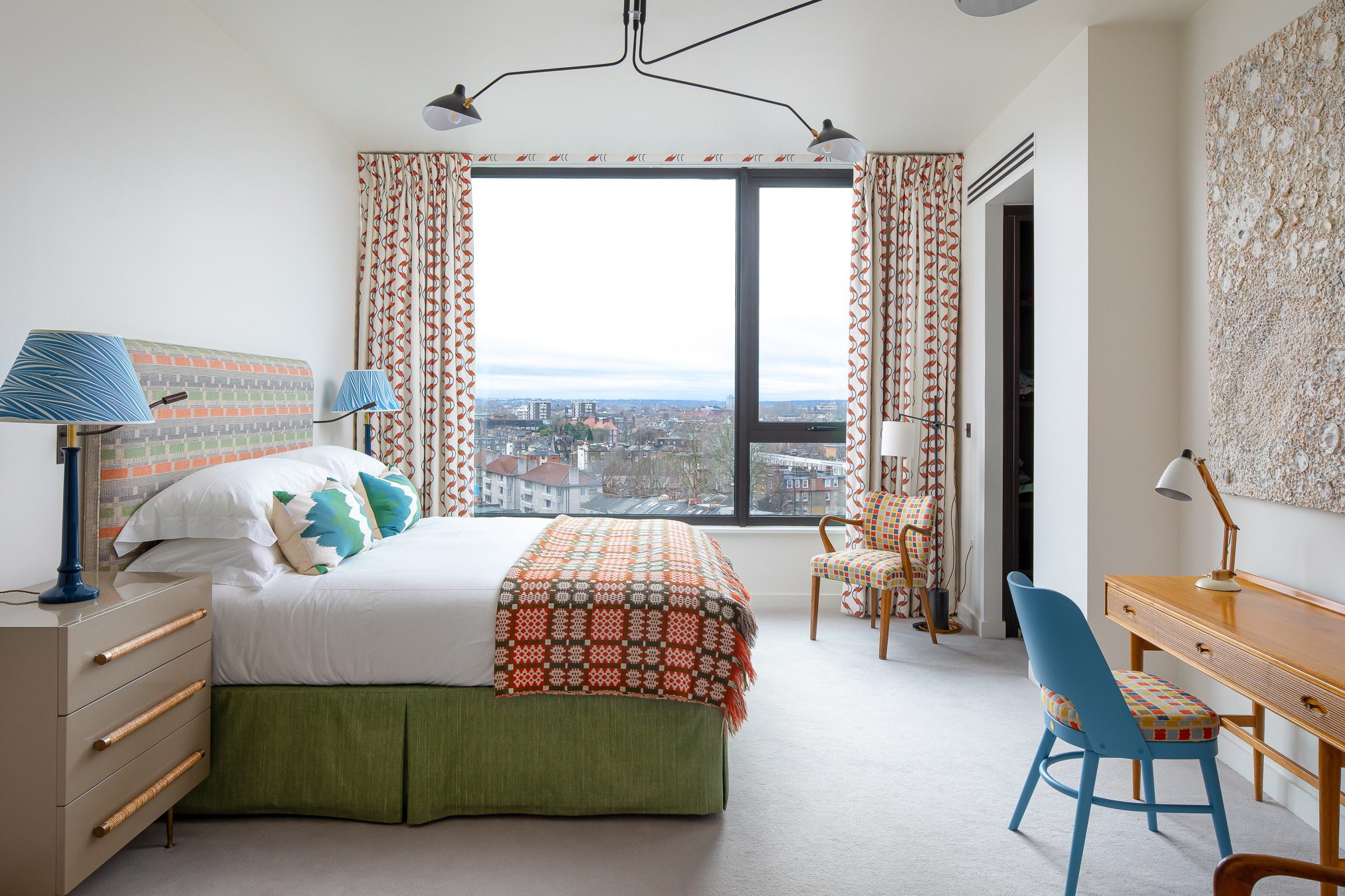Felicity Haythorn
Sleep. Sleep. Sleep. Sleep. Sleep. Sleep. SLEEEEEEEEP. We all need it. We all want it. But sometimes, we just can’t get it. From feeling too hot or too cold to ill-fitting curtains that let in light or simply staying glued to our phones for that late-night scroll, there are a myriad of factors that prevent us from getting our ZZZs. A decent night’s kip is important for both physical and mental health, improving productivity and overall quality of life. Everyone, from children to adults, can benefit from better sleep, and sleep hygiene can play a key part in achieving that goal. We can’t promise a panacea for all your sleep woes but we have a few tricks up our sleeves that will help. Here are 10 steps to sweet dreams – and the connected technology that can help.
1 Raise your sleep hygiene game
First things first: what is sleep hygiene? According to the Sleep Foundation, good sleep hygiene is all about putting yourself in the best position to sleep well each and every night. The basic concept is that your environment and habits can be optimised for better sleep. It’s worth testing out different adjustments to find out what helps your sleep the most. You don’t have to change everything at once – small steps can move you toward better sleep hygiene. It’s also important to know that improving sleep hygiene won’t always resolve sleeping problems. If you have long-lasting or severe sleeping problems or daytime sleepiness, it’s best to talk to your GP who can recommend the most appropriate course of treatment.
2 Wake up at the same time
The art of falling asleep starts long before you actually tumble into bed. It begins when you wake up. Regardless of whether it’s a weekday or weekend, try to wake up at the same time. A fluctuating schedule and long, lazy lie-ins prevent you from getting into a rhythm of consistent sleep. But your smart home can make this easier. Simply programme your connected blinds to rise at the desired time every morning and wake to natural light, rather than a jarring alarm on your phone. In the depths of winter, schedule your lights to progressively brighten until it’s time to get up. Chronic snooze-button pushers rejoice!

3 Follow a nightly routine
Poor pre-bed habits are a huge contributor to insomnia and other sleep problems. Changing these habits is hard work and can take time, but putting in the effort can pay off by making you more relaxed and ready to fall asleep when bedtime rolls around. Like waking up at the same time each morning, a consistent nighttime routine helps reinforce healthy habits and signals to mind and body that bedtime is approaching.
4 Carve out time to wind down
It’s much easier to doze off smoothly if you are relaxed. Quiet reading, low-impact stretching, listening to soothing music, and breathing exercises are great ways to get into the right frame of mind for sleep. Integrate your Sonos or Alexa into your late-night routine by activating the dedicated bedtime mode, which can kick in at a specified time and start playing some relaxing music or soundscapes, signalling that it’s time to start winding down for bed.
5 Lower the lights
Avoiding bright light can help you transition to bedtime and contribute to your body’s production of melatonin, a hormone that promotes sleep. Equippd loves Lutron, an automated lighting system that you can control from a touchpad in your bedroom or your phone. Dim the lights that surround you to a soothing, calming level, while you get ready for bed. And no more having to heave yourself out of bed once you’re settled – the Lutron system means you can also switch off the lights half way across the house or downstairs from the comfort of your bed.

6 Disconnect from devices
Tablets, phones and laptops can keep your brain wired, making it hard to truly wind down. The blue light from these devices can also suppress your natural production of melatonin. Whole home smart tech allows you to schedule your WiFi to turn off so there’s no temptation to scroll all night. Yes, we get the irony that you need to use a device to turn off your lights, but our technology can be programmed in advance to be voice activatedYou can also programme any electrical item to physically turn off. If you have a TV in your bedroom, it can be automated to disappear behind a screen, into the bed or up into the ceiling, leaving you free from those annoying red blinking lights.
7 Stay cool
Fine-tune your bedroom temperature to suit your preferences, but err on the cooler side – 18 degrees is recommended. Discreet lighting and temperature sensors enable you to pre-set the space to best set the mood in your home. For example, if a room is getting too warm during the day, programme the blinds to automatically close to cool it down.
8 Block out light
Pitch-black darkness is essential for the body to fall asleep. Darkness enables the brain to send a signal to the body indicating that it is time to rest and keep those circadian rhythms – a biological mechanism that regulates sleep-wake cycles – consistent. Automated blackout blinds and curtains eliminate window glare completely for a light-free night’s sleep.

9 Drown out noise
Sound transmission can be tackled when you initially design your smart home. Noise can be blocked out with double-stud walls, soundproofing membranes and insulation, laying plush carpets and installing resiliently-mounted ceilings and solid-core doors with tight seals. Our technology experts can help with all this and more in the planning stages.
10 Feel secure
It’s much easier to drift off to sleep if you know your home is secure. Equippd use Crestron and Control4 whole home smart tech systems that can lock all the doors, turn off the lights and set the alarm, all controlled from a touchscreen or mobile device or set for a particular time. Voice activation works here too: simply say ‘good night’ and your home will turn off your devices, lower the lights, put on your bedtime playlist, close the blinds and set the security.
Waking up refreshed and revitalised every day – this is what dreams are made of. Start your Equippd home here.